Rising Demand for Smart Devices
The increasing proliferation of smart devices in various sectors is a primary driver for the iot node-gateway market. As consumers and businesses alike adopt smart technologies, the need for efficient data management and communication becomes paramount. In 2025, it is estimated that the number of connected devices in the US will surpass 30 billion, leading to a heightened demand for robust node-gateway solutions. These gateways facilitate seamless connectivity and data exchange between devices, ensuring optimal performance and user experience. The iot node-gateway market is thus positioned to benefit significantly from this trend, as manufacturers and service providers strive to meet the growing expectations of consumers for smart, interconnected environments.
Government Initiatives and Funding
Government initiatives aimed at promoting smart city projects and IoT infrastructure are significantly influencing the iot node-gateway market. In recent years, various federal and state programs have been launched to support the development of smart technologies, with funding allocations reaching billions of dollars. These initiatives encourage the deployment of IoT solutions across urban environments, enhancing public services and infrastructure. As cities in the US invest in smart technologies, the demand for effective node-gateway solutions is expected to rise. The iot node-gateway market stands to gain from these investments, as they facilitate the integration of various IoT applications, improving overall urban management and efficiency.
Expansion of Industrial IoT Applications
The industrial sector's ongoing digital transformation is driving the growth of the iot node-gateway market. Industries such as manufacturing, logistics, and energy are increasingly leveraging IoT technologies to enhance operational efficiency and reduce costs. In 2025, the industrial IoT market in the US is projected to reach approximately $200 billion, with node-gateways playing a crucial role in connecting machinery and systems. These gateways enable real-time data collection and analysis, which is essential for predictive maintenance and process optimization. Consequently, the iot node-gateway market is likely to experience substantial growth as more industries adopt IoT solutions to remain competitive and innovative.
Advancements in Connectivity Technologies
The rapid evolution of connectivity technologies, such as 5G and LPWAN, is a significant driver for the iot node-gateway market. These advancements enable faster and more reliable communication between devices, which is essential for the effective functioning of IoT ecosystems. In 2025, it is anticipated that 5G networks will cover a substantial portion of the US, providing the necessary bandwidth for high-volume data transmission. This enhanced connectivity allows for more sophisticated applications and services, thereby increasing the demand for advanced node-gateway solutions. The iot node-gateway market is likely to thrive as businesses and consumers seek to leverage these new technologies for improved performance and efficiency.
Growing Focus on Data Analytics and Insights
The increasing emphasis on data analytics and actionable insights is driving the demand for the iot node-gateway market. Organizations are recognizing the value of data generated by IoT devices and are investing in solutions that can process and analyze this information effectively. In 2025, the market for IoT analytics in the US is projected to reach $30 billion, highlighting the importance of node-gateways in facilitating data flow and processing. These gateways serve as critical points for data aggregation and preliminary analysis, enabling businesses to make informed decisions based on real-time information. As the need for data-driven strategies grows, the iot node-gateway market is expected to expand accordingly.

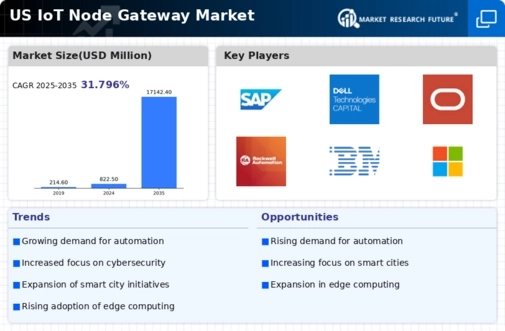
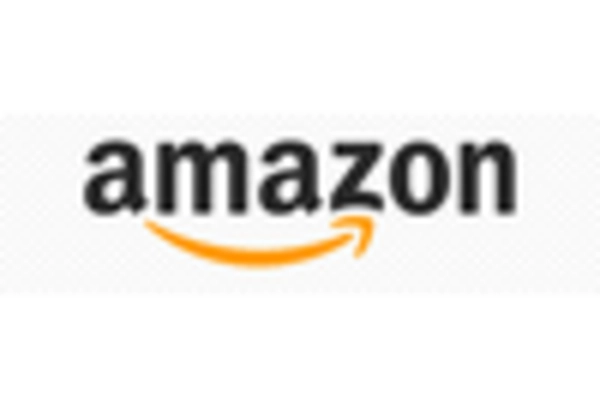
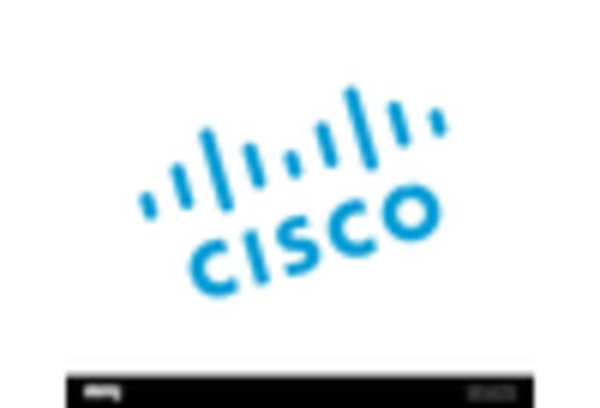
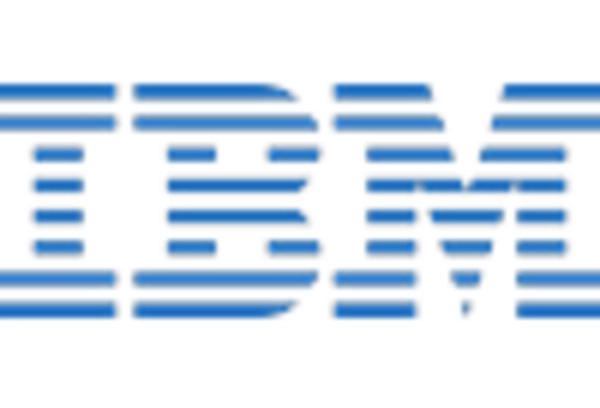
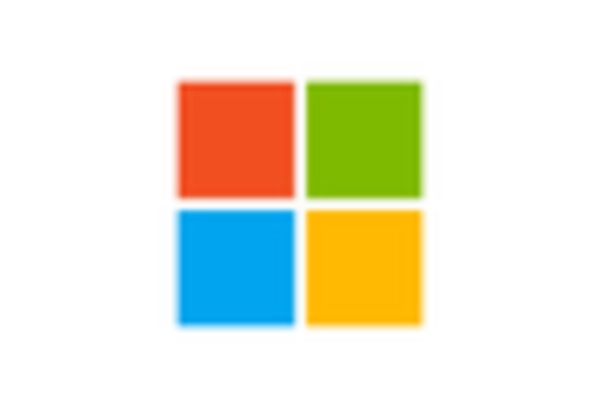
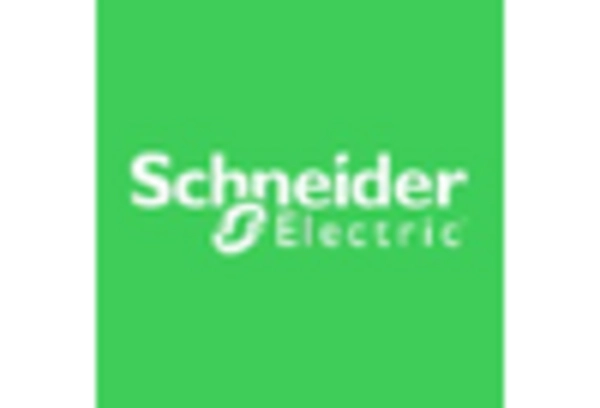









Leave a Comment